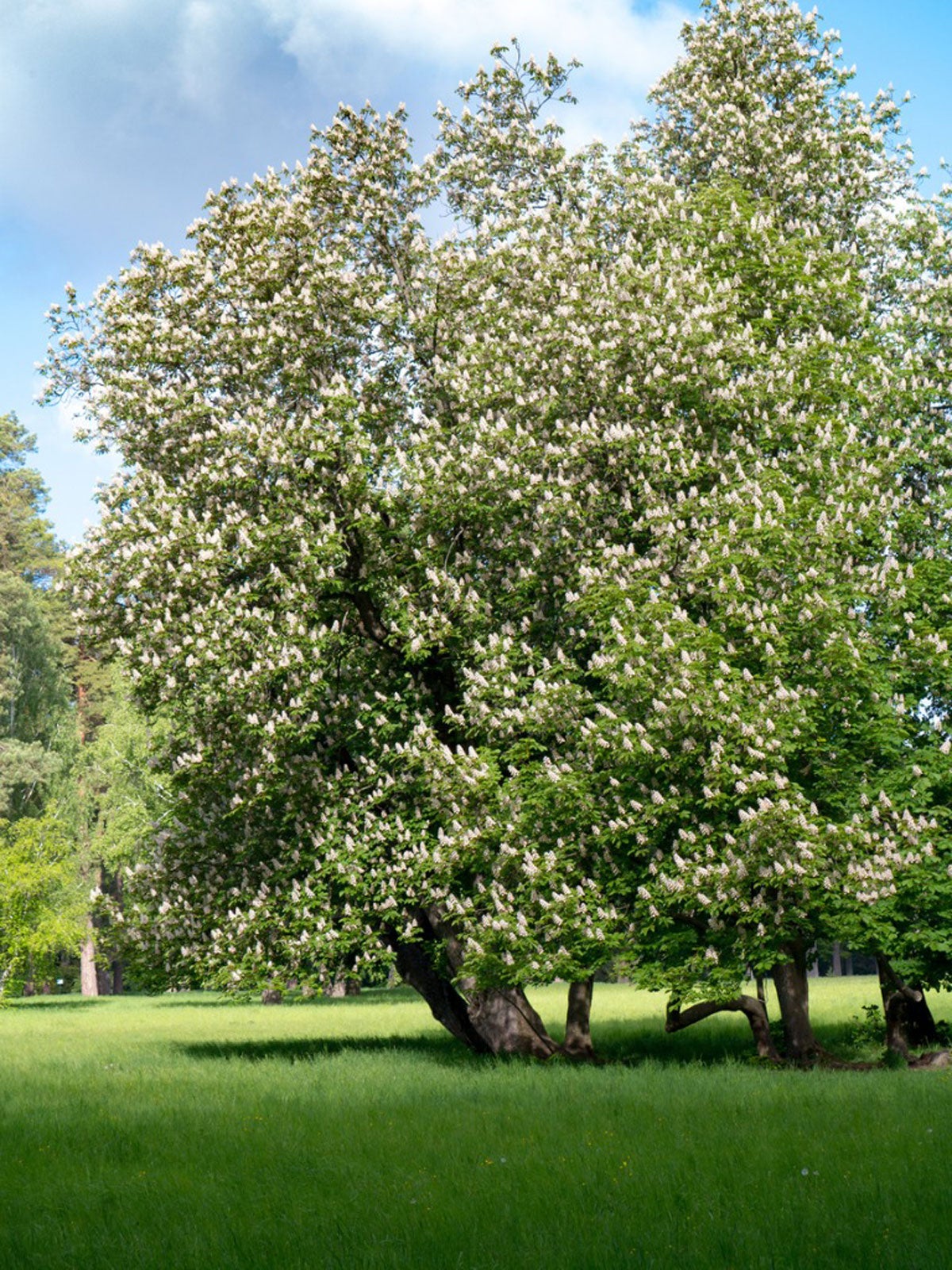North Central Shade Trees – Growing Shade Trees In The Northern U.S.


Every yard needs a shade tree or two and North Central Midwest gardens are no exception. Large, canopied trees provide more than just shade though. They also give a sense of time, permanency, and lushness. North Central shade trees come in many different species and varieties so you can choose the best ones for your yard.
Shade Trees for North Central States
Some trees that make good shade in the North Central regions are those native to the area. Others are not native but aren’t considered invasive and can thrive in this climate. Choices for northern shade trees in the North Central U.S. include:
- Buckeye: This smaller shade tree, buckeye grows to about 35 feet (11 m.) in height, is a good choice for cold icy winters as it tolerates road salt. Look for ‘Autumn Splendor,’ a cultivar with showy, deep red fall foliage.
- American hop-hornbeam: Hop-hornbeam gets its name from its fruits that resemble hops, the flower used to flavor beer. This tree grows up to about 40 feet (12 m.) and prefers moist soil.
- White oak: This native oak species is a great choice if you’re looking for height. White oak will grow up to 80 feet (24 m.) tall. Growth rate, however, is slow so be patient.
- Sugar maple: For fall color it’s hard to beat a sugar maple, which turns bright orange to red or yellow. These trees can grow up to 80 feet (24 m.) but are generally closer to 60 feet (18 m.) tall at maturity.
- Horse chestnut: This is an upright to rounded shade tree with large leaves. Horse chestnut trees also produces showy flowers in white or pink in spring.
- Ginkgo: Ginkgo trees grow to about 40 feet (12 m.) high. They are ancient trees with unique, fan shaped leaves unlike those of any other tree. Fall color is a stunning gold and most cultivars are male. The female gingko produces berries with a potent and unpleasant smell.
- Honey locust: A good choice for near streets, honey locust produces very small leaves that won’t block storm drains. Look for varieties without thorns.
Choosing the Right Shade Trees in the Northern U.S.
While there are several trees that do well in the North Central region, there are a lot of variations and not every tree will be the right choice for every yard. Some species to avoid are those that have been devastated by disease or pests such as American elm and ash. Otherwise, the choice should match your needs in a tree and your local environment.
One of the most important considerations in a shade tree is size. You need to match the tree to the space you have and find a spot where it can grow to its full height. Also, choose a tree that matches your hardiness zone and doesn’t require more maintenance than you are able or willing to provide.
Finally, choose species that do well with the type of soil you have whether it’s rocky, sandy, acidic, dry, or wet.
Sign up for the Gardening Know How newsletter today and receive a free copy of our e-book "How to Grow Delicious Tomatoes".

Mary Ellen Ellis has been gardening for over 20 years. With degrees in Chemistry and Biology, Mary Ellen's specialties are flowers, native plants, and herbs.